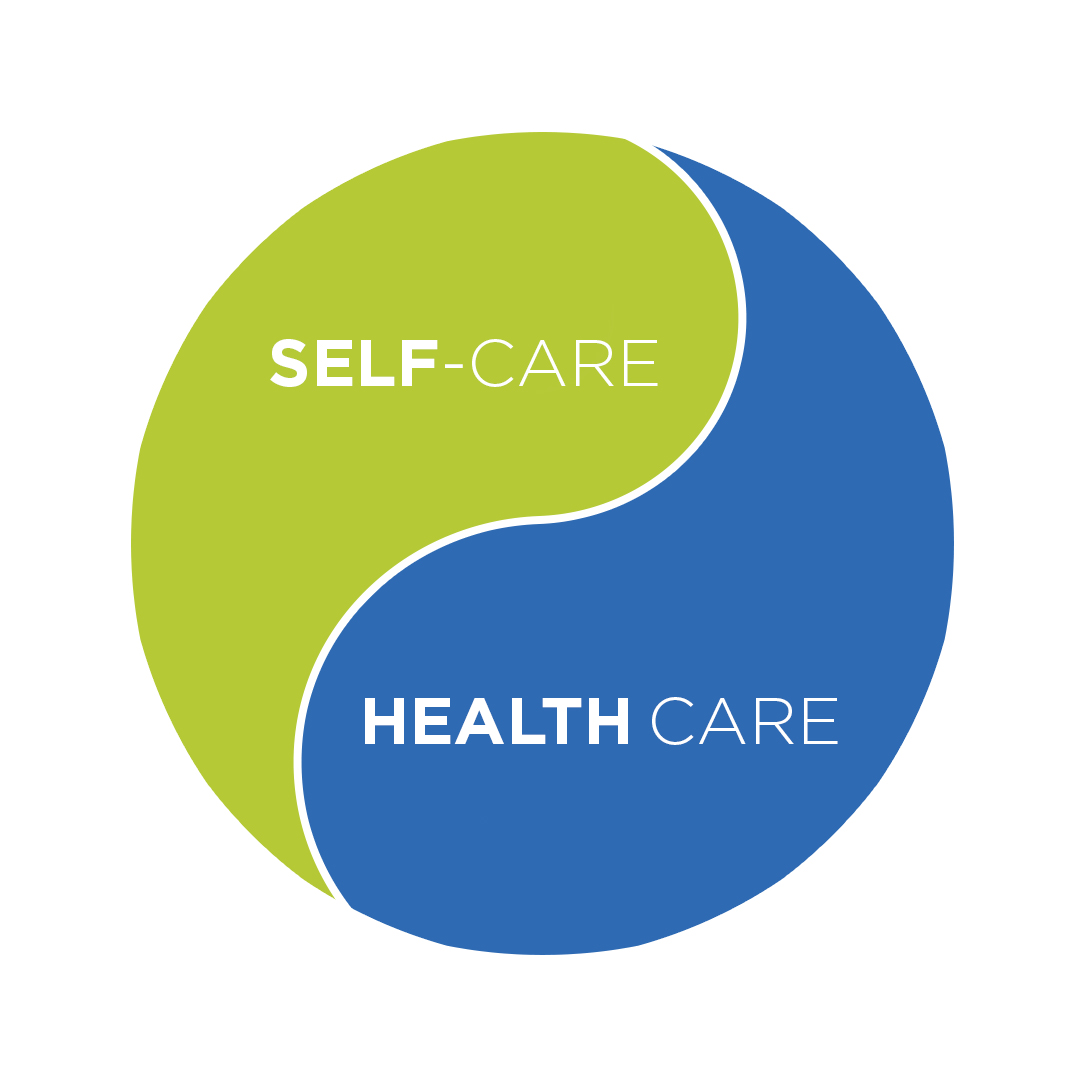
THE SELF-CARE RENAISSANCE: WHERE WELLNESS AND HEALTHCARE CONVERGE
BY: Cecelia Girr & Skyler Hubler
INTRODUCTION
From 1400–1700, the Medical Renaissance marked a historic breakthrough in our approach to healthcare. Science began to dominate superstition. Anatomical discoveries paved the way for modern medicine. And yes, vaccines were in development.
Over three hundred years later, we’re undergoing a new kind of medical renaissance, one where two complementary yet often competing entities— healthcare and wellness—will converge. As with any great renaissance, this new era will bring enlightenment, prolific thinkers, and a focus on art and design. Rather than looking backward to move forward, however, this renaissance will be born from healthcare and wellness looking side- to-side to learn from one another.
It’s worth noting that attempts to merge healthcare and wellness have been made in the past but were largely unsuccessful. Dr. Kenneth R. Pelletier, clinical professor of medicine and best-selling author, points to the fierce turf wars between conventional medicine and wellness— which has often been considered complementary or alternative medicine—as a major roadblock. “There’s an inherent tension between the money and the patients that are going to occupy this space,” he says.
But all signs—signs uncharacteristically optimistic for our current COVID-era—point to things being different this time around. The pandemic has forced health up the agenda for governments, businesses and individuals alike. And in tandem, we’re becoming acutely aware that it’s better to stay well than to wait for illness to strike. In terms of the two systems working together, Dr. Pelletier is confident that it’s coming. “If you look three to five years down the road, it’s inevitable that there will be a much more seamless exchange between healthcare and wellness, where there’s mutual respect and wider acceptance based on evidence rather than bias.”
In this new era, healthcare and wellness will learn to get along. Hospitals will take inspiration from five-star resorts, yoga studios might measure improved telomere length, and prescriptions may be coupled with hyper-personalized guides to optimal health. Years from now, we might just look back and realize that this was the Golden Age.

HOW WE GOT THERE
The road where healthcare and wellness meet was not built overnight. Historians point to several factors that led to the Medical Renaissance following the Middle Ages—increased interaction between cultures, the rediscovery of ancient texts, innovation, and the impacts of conflict and death. The causes for our modern renaissance look eerily similar.
INTERACTION BETWEEN CULTURES
This time around, the clash of cultures is happening between conventional healthcare and less conventional wellness. After all, it was the antiquated healthcare industry that opened the door for wellness to become the cool kid on the block. When healthcare gave us lab coats and sterile waiting rooms, wellness offered spiritual healers and therapeutic retreats. Up until now, the two had danced in each other’s worlds, sometimes crossing over but never successfully syncing up.
CONFLICT AND DEATH
Nothing says urgent like 1.71 million dead and counting. The pandemic has proven that science, medicine, and PhDs are essential, accelerating a mutual awakening of both camps. Wellness enthusiasts have been brutally reminded that yoga and essential oils won’t cure COVID-19, while those who solely relied on healthcare to cure their ailments have been forced to get real about the importance of preventative care (or “self-care” as it’s been affectionately renamed in some circles).
The French word “renaissance” means rebirth, or to wake up. And that, indeed, is what’s happening. We’re waking up to the fact that healthcare and wellness need each other, and consumer demands are forcing them to coexist peacefully. Wellness is learning to lean into science, establish standards, and hold itself accountable. At the same time, healthcare is beginning to borrow from the wellness playbook—transforming a once sterile and strictly curative industry into a more holistic, lifestyle-oriented, and even pleasurable one.
A NEW DUALITY
As we look to a future where healthcare and wellness converge, there’s no better visual representation than Octave’s Sangha Retreat in Suzhou, China. Frederick Chavalit Tsao built the expansive resort with the vision of creating a utopia “where ancient healing modalities and modern medicine come together in the name of human optimization.”14 On the property, there’s a corridor that runs from one side to the other. One end is home to conventional medicine, and the other hosts wellness practices ranging from acupuncture to more “out-there” devices that measure the age of your soul. Visitors are free to flow between the two sides based on their needs.
The corridor at the Sangha Retreat presentsa perfect image of what we believe is next for healthcare and wellness. A kind of yin yang approach where two seemingly opposing forces finally discover that they can—and must—work together. As Dr. Pelletier puts it, “Medicine is realizing that its roots have come from wellness traditions, and the wellness community is recognizing that not all doctors are evil.”
The truth is, hospitals, prescriptions and doctors aren’t going away any time soon. If anything, COVID has only solidified their importance. But by emphasizing self-care, we can all decrease our dependence on the parts of healthcare we’re trying to avoid anyhow. It starts by taking deliberate actions to care for our mental and physical health. And while it’s ultimately up to us, healthcare and wellness both have a vital role to play in unlocking access, empowering us to make smarter choices, and maybe even making it feel good along the way.
This is an excerpt from the “Self-Care Renaissance-Where Wellness and Healthcare Converge” trend in the 2021 Global Wellness Trends Report.
Subscribe to the TRENDIUM | View TRENDIUM Issues
14 Coco Marett, “Sangha Retreat By Octave Is The Wellness Centre Of The Future,” Hong Kong Tatler, January 10, 2020.
